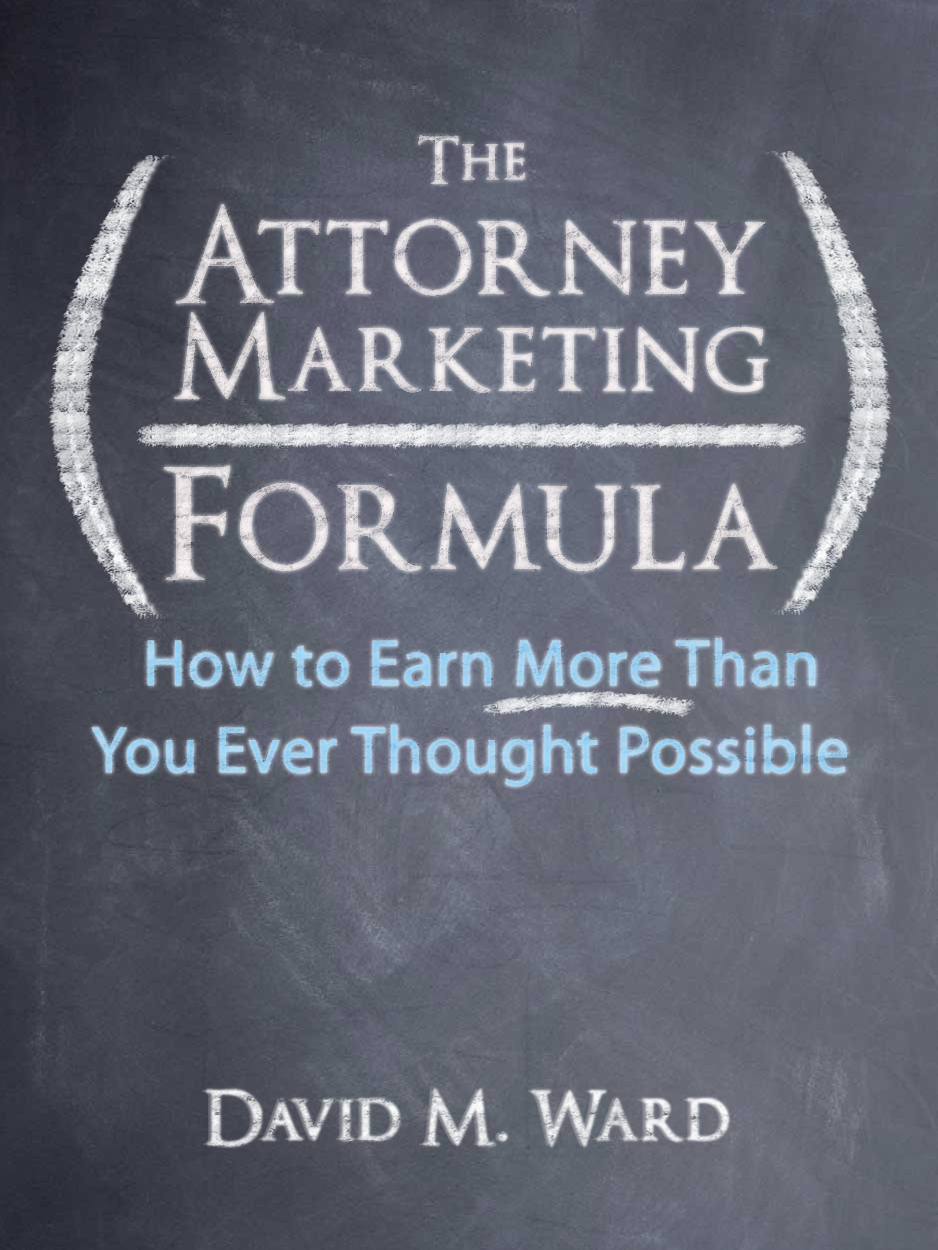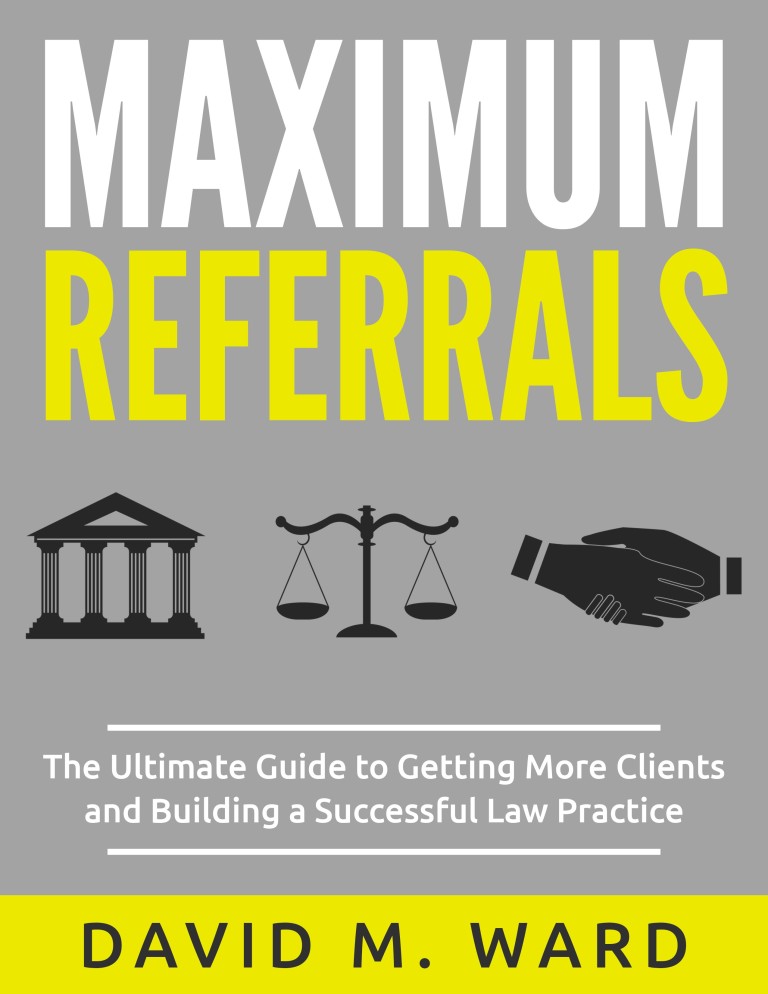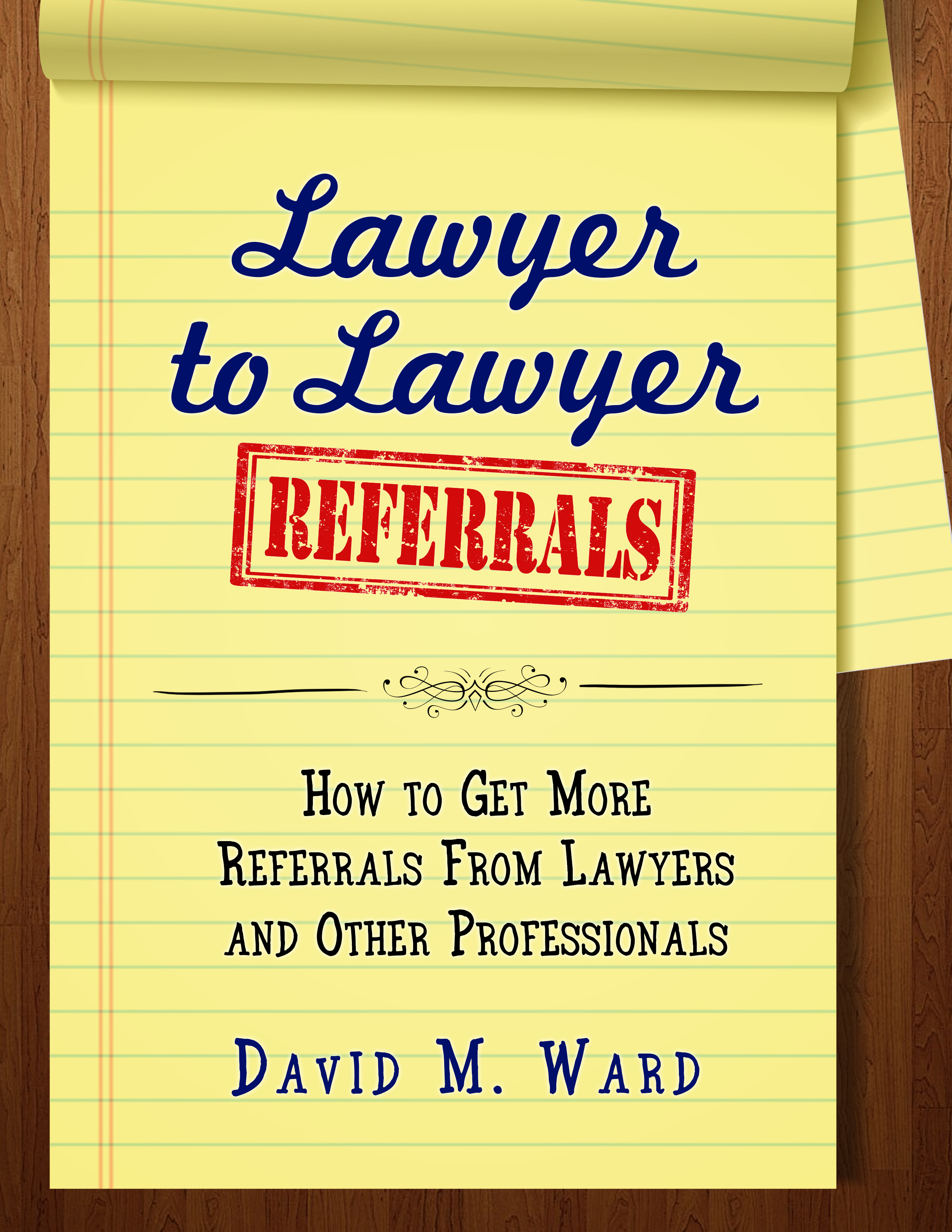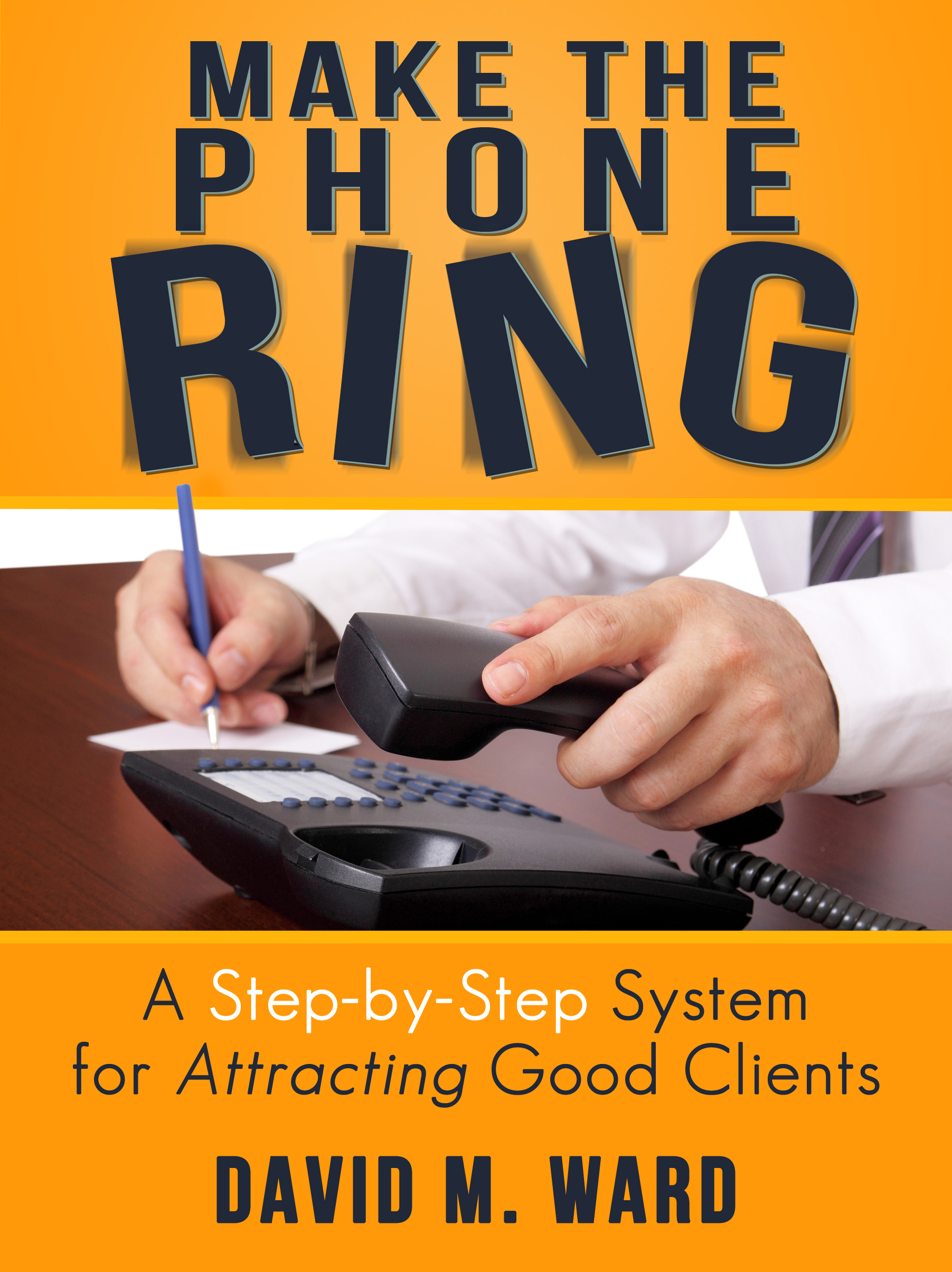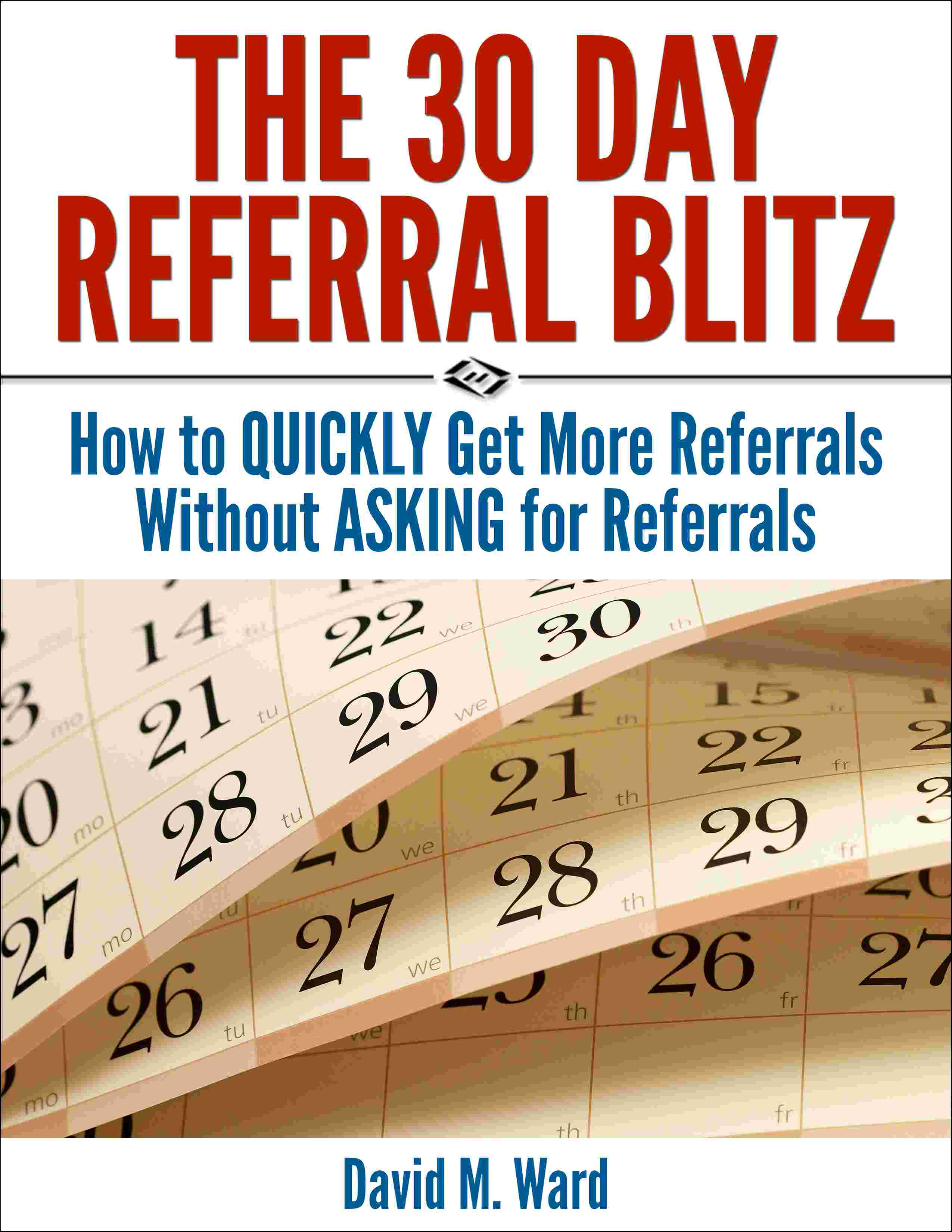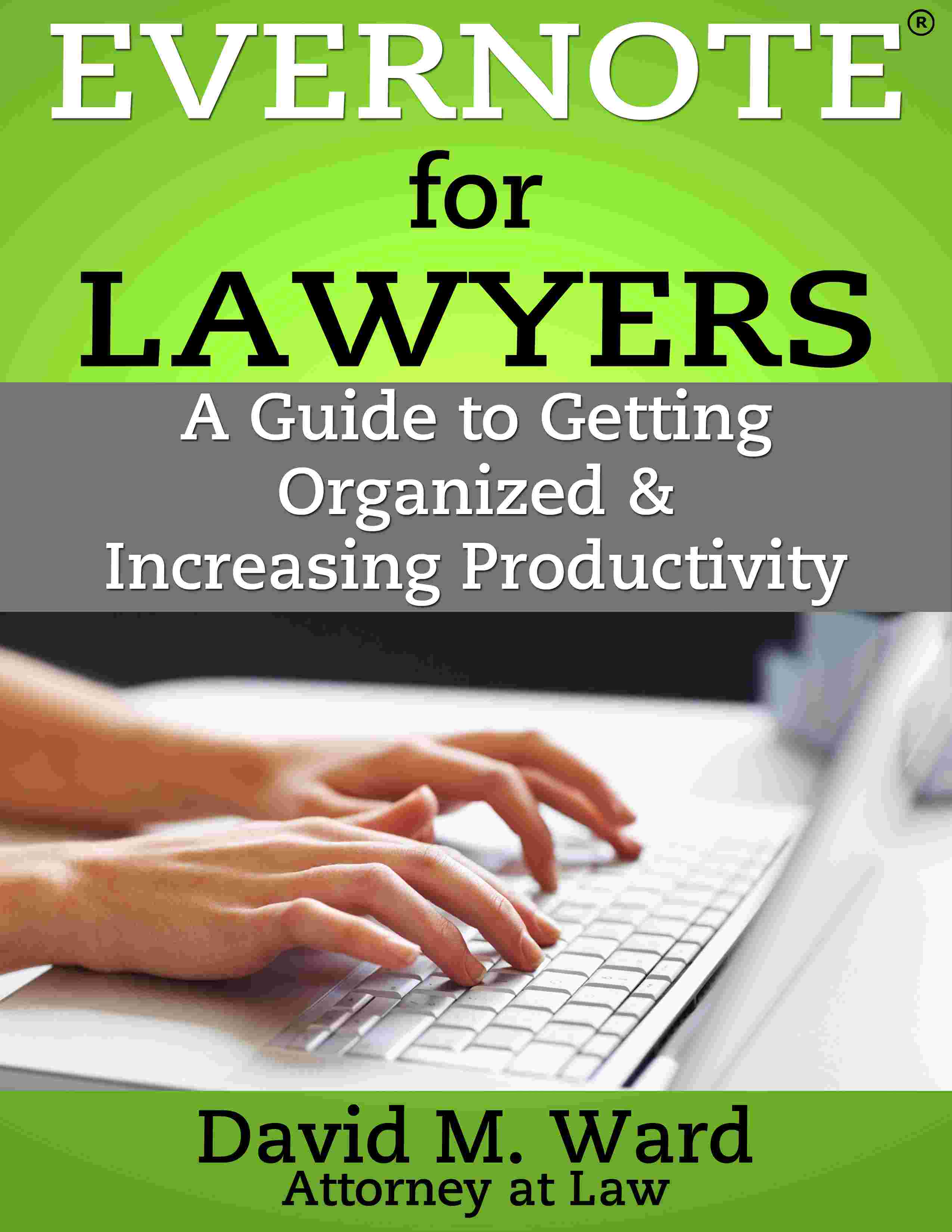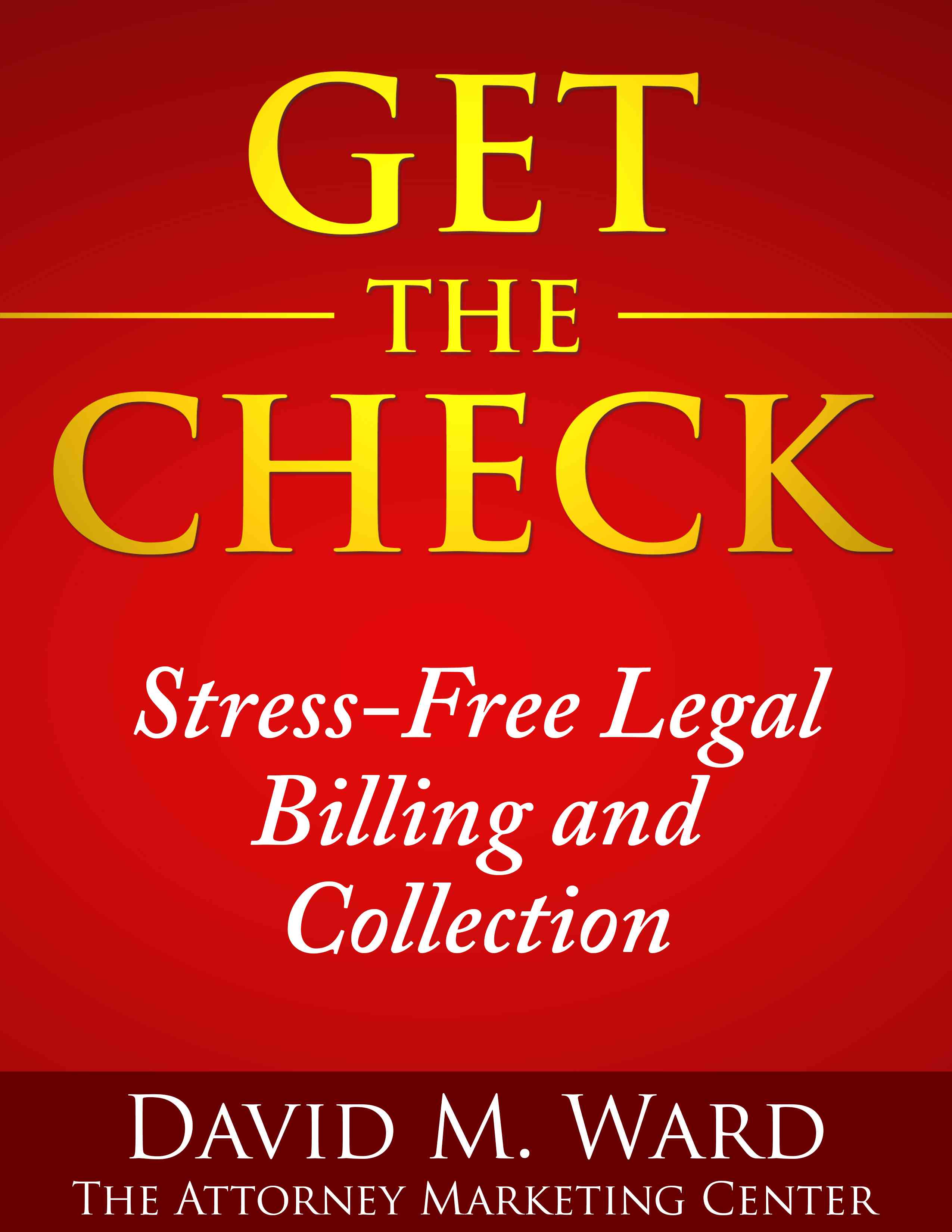In the 60’s, 70’s, and 80’s, southern California auto dealer Cal Worthington featured an assortment of chimpanzees, elephants and other circus animals in his TV commercials. Worthington rode a bull and a pig (and referred to them as “my dog spot”), offered free ice cream and train rides for the kids, and promised to “eat a bug” if you could find a better deal on one of his cars.
Other dealers competed on price or service or selection. Worthington offered this, too. But it was his over-the-top commercials, which ran night and day, that helped him become one of the biggest dealers in the country.
Surely I’m not suggesting you do something like this to promote your law firm. Of course not (and don’t call me Shirley). I’m suggesting that if you want to differentiate yourself from the legions of other lawyers who do what you do, you need to do something to stand out.
It doesn’t have to be outrageous. Just different from what most lawyers in your niche or market say or do.
Fortunately, since most lawyers do and say the same things, are rarely do anything that might raise an eyebrow, this shouldn’t be terribly difficult.
In days past, where lawyers advertised solely in the yellow pages, some lawyers stood out by running ads in newspapers. When everyone ran one-shot ads, e.g., “Here we are, call us,” some lawyers stood out by running lead-generation ads and direct mail campaigns to build a list.
What does everyone in your field do today that you could do differently?
Commercials that are in black and white? Or commercials where someone interviews you. Maybe “editorial style” print ads that look like news stories, like I used to run.
Think. Or hire a creative team. It could be well worth it.
Note that while advertising is likely to bring you the biggest and quickest results, you don’t have to advertise to stand out.
Post something on your website, offer something in your articles or blog, do something in your presentations, and word of mouth will do the rest.
Not-so-crazy example: where other lawyers invite prospective clients to call to make an appointment or ask questions, you might say you are currently accepting new clients “by referral only.”
Different. And suggests that you are in high-demand and don’t accept everyone.
Most lawyers sing from the same hymn book and it’s hard to tell one from the other. Give some thought to what you could do to get noticed.

